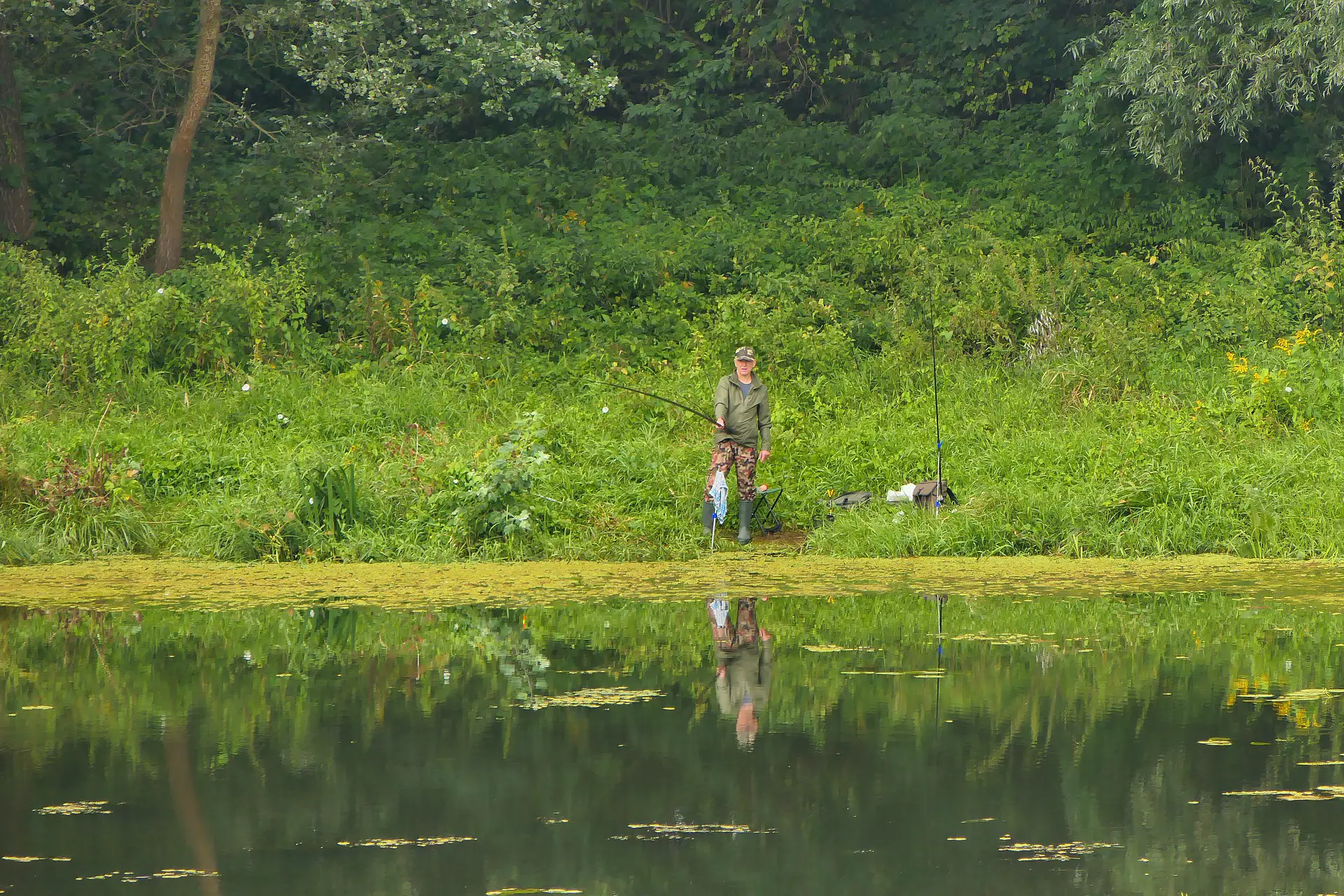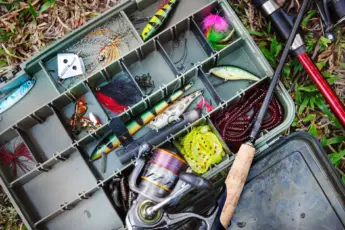When it comes to fishing in the southeastern United States, popping corks are highly effective for catching inshore fish species. Anglers widely use the terminal tackle because it combines the ability to monitor for strikes in addition to drawing fish from afar. The terminal tackle is readily available at tackle shops and is reasonably priced. Here is what you need to know about fishing a popping cork in coastal Georgia, South Carolina, and North Carolina.
What Is a Popping Cork
A popping cork is similar to a standard fishing bobber. The piece of tackle contains a float in varying colors, which slides on a metal shaft, barrel swivels on each end, and two metal beads beneath the cork.
One end of the float is attached to the mainline from the fishing rod, while the other is connected to the leader and hook below. The beads on the lower section are strategically positioned to create noise.
What Is A Popping Cork Used For
A popping cork is used to catch a wide variety of coastal fish species. The cork floats along the surface with a bait presented below. When a fish hits the bait, the cork submerges beneath the surface of the water.
Floating corks catch many fish species, including sheepshead, flounder, redfish, sea trout, bonnethead sharks, stingrays, and more.
How To Use Popping Cork
The cork is effective when fishing from both land and boats. An angler manipulates the float as a means of luring the fish to strike the bait.
Fishing a cork does not require a substantial amount of fishing experience. Cast the float along grass shorelines, oyster beds, or structures.
Once the cork has been cast, gently lift the tip of the reel every thirty seconds. The lifting of the tip causes the metal beads to create a sound that resonates through the water.
The sound is a replication of gamefish striking schools of baitfish or shrimp as they feed. Considering the noise indicates fish feeding, the cork attracts hungry fish looking for the next meal from a distance. Continue to replicate the sound as the cork floats through the water.
How Do You Fish A Popping Cork
As mentioned above, popping floats are fished by jerking the rod’s tip, causing the float to “pop” in the water. The pop is created from the beads beneath the float.
Place a live shrimp, imitation shrimp, or finger mullet on the hook beneath the float. Cast the rod once the bait is secured to the fishing hook.
Lift the tip of the rod to move the cork through the water with enough force to jerk it towards you every thirty seconds gently. Reel up the slack between each pop of the cork.
Never remove your line of sight from the popping float while it drifts in the coastal waters. Reel quickly and set the hook with the float dips beneath the water’s surface due to a strike from a fish.
Reel the fish alongside the boat and scoop beneath the fish to lift it over the side and into the vessel.
Remove the hook from the fish beneath the hook and place the fish in the cooler if it is of legal size and in season. Repeat the process after re-baiting.
When it comes to selecting a high-quality cork, we recommend the Cajun Thunder popping cork by Precision Tackle Inc. We have fished the Cajun Thunder rig extensively and can attest to its durability and ability to draw fish.
How Do You Use A Popping Cork In The Surf
Use corks to catch fish in the surf, similarly to casting the terminal tackle in a creek, sound, or coastal river.
When casting from the beach, monitor where the waves break offshore. Cast the float beyond the breaking point. A cork influenced by waves will be challenging to determine when a fish strikes because of the constant motion.
The flow of the ocean current will drift the cork parallel to the beach. Avoid losing sight of the popping bobber. Reel in and recast when necessary.
The most common catches on the beach with a popping float are popping cork fishing for redfish, sharks, stingrays, and sea trout.
Head Out Fishing With A Popping Cork
The next time you fish in coastal Georgia, South Carolina, or North Carolina, pick up popping corks from a local bait and tackle shop. Avoid rushing when adding the leader line and securing the float to the mainline. Remember to pop the float gently. Lastly, obtain a fishing license before casting a line.







